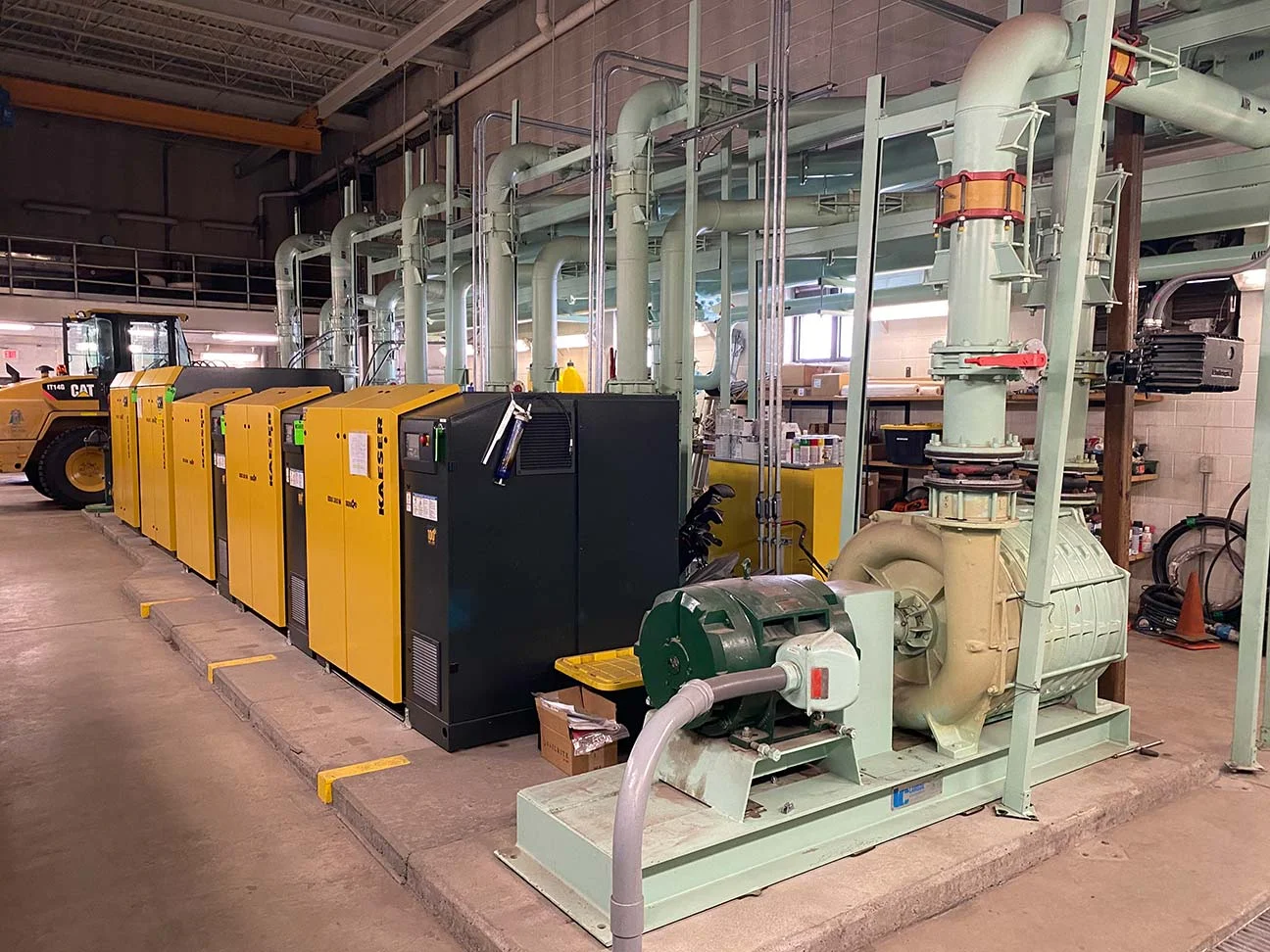Wastewater

What goes up must come down. Or in the case of water, what gets pumped out of the ground and distributed to the Metro District’s customers, must eventually flow through the sewer system to the Wastewater Treatment Facility (WWTF). Our WWTF has the capacity to treat 1.1 million gallons of wastewater per day, but we typically operate well below that maximum. The WWTF employs a sophisticated, industrial-scale treatment process that includes primary, secondary, and tertiary levels of treatment. Primary treatment is where inorganic solids (toilet paper, rags, dirt/rocks, etc…) are removed from what we call the process stream, or the water that will be treated and ultimately returned to Ten Mile Creek. Secondary treatment is where all the real magic happens. Our secondary treatment process is what is called an activated sludge/biological nutrient removal process where a diverse microbial population removes the organic matter from the process stream by converting it into cellular growth (more microbes that do the work), innocuous atmospheric gases, and water. The microbial population resides in large aeration basins where the air that provides the oxygen that the microbes (we call them bugs) need is supplied. After a very specific and calculated amount of time in the aeration basins, the process stream flows to large settling basins called clarifiers. Here the water is allowed to acquiesce and become very still, allowing time for the bugs to settle to the bottom where they are collected and pumped back to the beginning of the biological process in the aeration basins. The “clean” water from the clarifiers, called secondary effluent, spills over the top of the clarifiers and is subsequently pumped to our tertiary filters that remove any remaining nutrients that may be harmful to the natural aqueous environment. After filtration, the effluent stream is disinfected by being exposed to ultraviolet light, preventing any remaining bugs from being able to replicate. The end result is a very high-quality finished effluent stream that is returned to the environment through our outfall to Ten Mile Creek.
